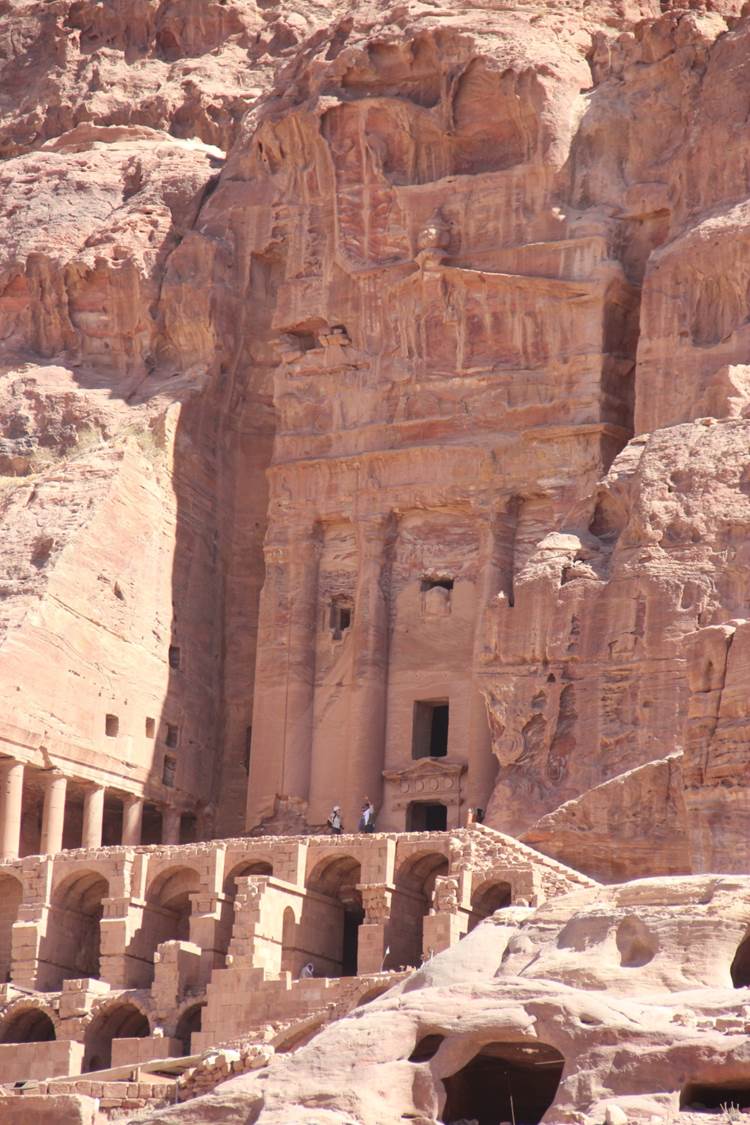Petra Nabatean City
December 31st 2014
 The iconic rosy pillars of Petra were built during the 1st century BCE by members of ancient Nabatean society to be their stately capital city. When the Nabateans disappeared, having become assimilated into the Roman Empire, they left Petra behind. Located in what is today part of Jordan, close to the western border with Israel, Petra is among the most well-known and most visited archeological sites on earth.
The iconic rosy pillars of Petra were built during the 1st century BCE by members of ancient Nabatean society to be their stately capital city. When the Nabateans disappeared, having become assimilated into the Roman Empire, they left Petra behind. Located in what is today part of Jordan, close to the western border with Israel, Petra is among the most well-known and most visited archeological sites on earth.
Visitors come to see Petra from all over the world, including tourists exploring Israel, for whom Petra is a day trip. This spot is one of the New Seven Wonders of the World and the most important tourist site in Jordan. The majestic city of Petra was carved into the mountains by the Nabateans more than 2,000 years ago. All visitors enter the city itself by foot and walk down toward the Siq. The Siq is a winding sandstone canyon that serves as the main road, taking you deeper into the archaeological site. As you walk through the Siq, take note of the intricate sandstone patterns and carvings all around you. The main attraction at Petra is the elaborate Treasury, which was carved from the sandstone cliff. It is nearly 100 feet wide and 150 feet high, making everything around it seem small in comparison. Keep your eyes out for the somewhat eerie remainders of 500 empty Royal Tombs.
You can also visit the Street of Facades and the Roman Theater, with seating for 3,000. For the truly adventuresome, 800 steps cut out from the rock will take you to the Ad-Deir Monastery, which is the largest carved monument on the Petra tour. While you’re touring Petra, also be sure to visit the museum which has been divided into three permanent exhibit halls. More than 600 archeological artifacts – including bronze statues, pottery, coins, lamps and jewelry – are presented, telling the story of Nabatean culture.
A key to understanding the significance of Petra is knowing something about who the Nabateans were. A loose association of traders and farmers who controlled oases in the Middle East, the Nabateans were particularly well-known for their expertise in harvesting water and building irrigation systems. When they were conquered by the Roman Empire, the Nabateans’ distinctive style of ceramics was assimilated into the larger Roman culture.











